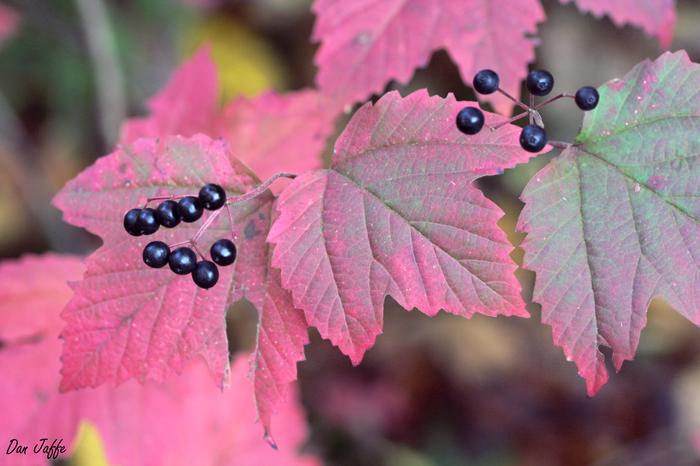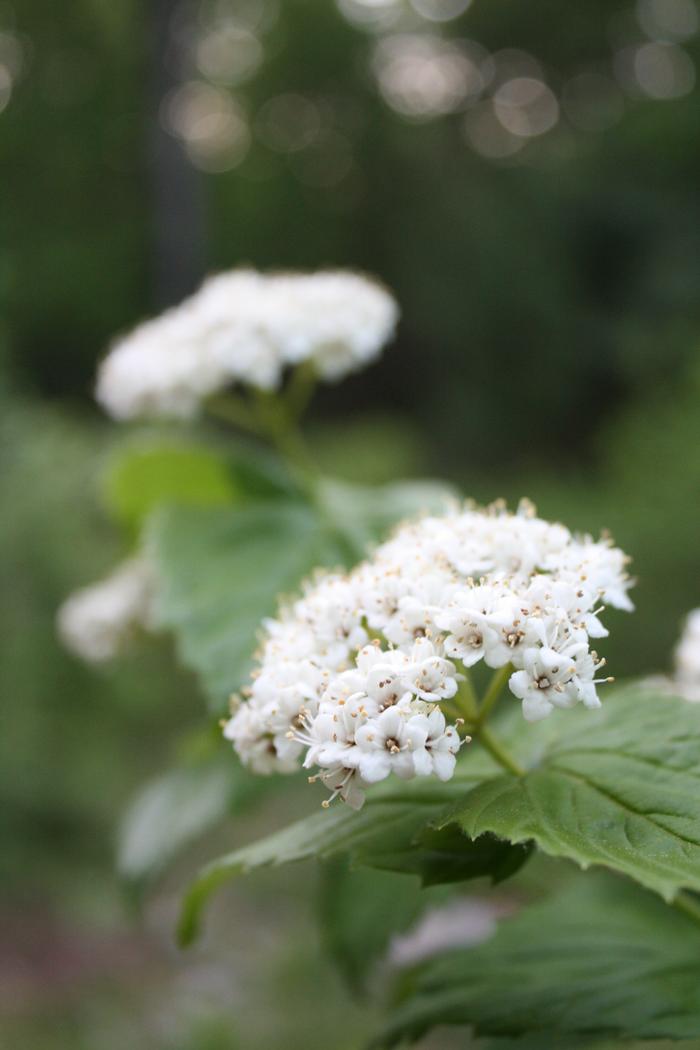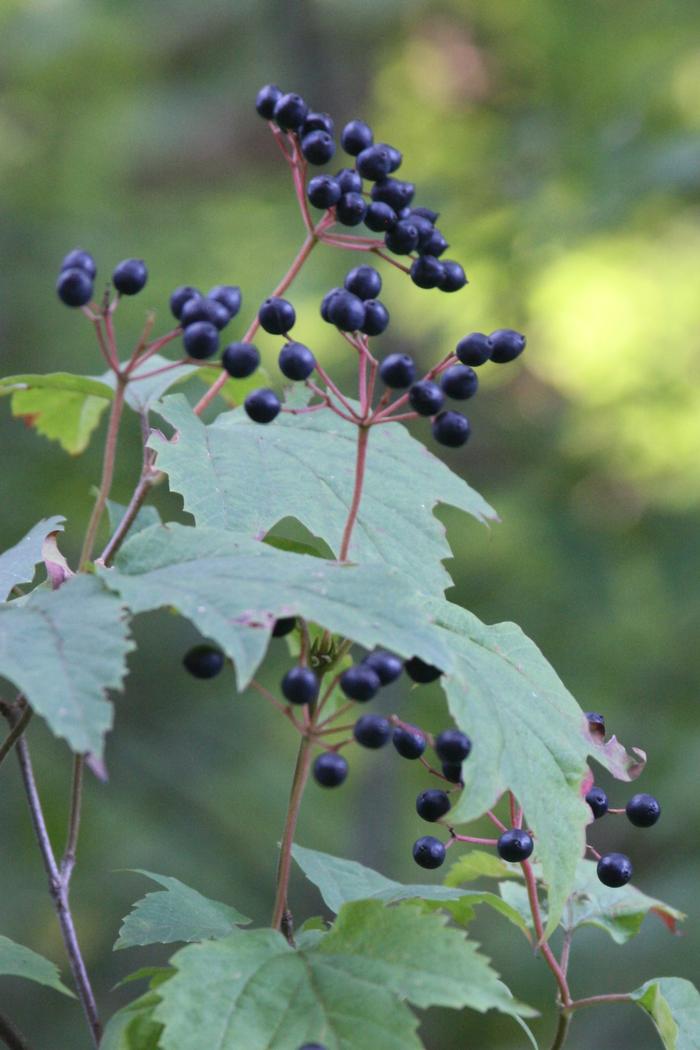The three lobed, maple-like leaves lend this plant its common name. White flowers in the spring are followed by berries, maturing to a deep blue color. Its fall foliage is a vibrant red. From sun to shade, moist to dry, maple-leaved viburnum tends to grow anywhere.
Return to Plant Search Home
Cultivation Status
|
Exposure
| • |
Sun |
| • |
Part Shade |
| • |
Shade |
|
Soil Moisture
|
Ecoregion
| • |
(84) Atlantic Coastal Pine Barrens |
| • |
(82) Acadian Plains and Hills |
| • |
(58) Northeastern Highlands |
| • |
(83) Eastern Great Lakes Lowlands |
| • |
(59) Northeastern Coastal Zone |
|
Ornamental Interest
| • |
Spring Bloom |
| • |
Summer Fruit |
| • |
Fall Foliage |
|
Attracts Wildlife
| • |
Attracts Songbirds |
| • |
Pollinator Powerhouse Plant |
| • |
Other Pollinators/Wildlife |
| • |
Attracts Butterflies |
| • |
Attracts Bees |
| • |
Host Plant |
|
Tolerance
| • |
Deer/Rabbit Resistant |
| • |
Drought Tolerant |
|
Additional Attributes
|
Landscape Use
| • |
Specimen |
| • |
Naturalize |
| • |
Hedge/screening |
| • |
Rain Garden |
| • |
Massing |
|
Attractive Fall Foliage and/or Ornamental Fruit
| • |
Red to Purple Fall Foliage |
| • |
Purple to Black Fruit |
|



